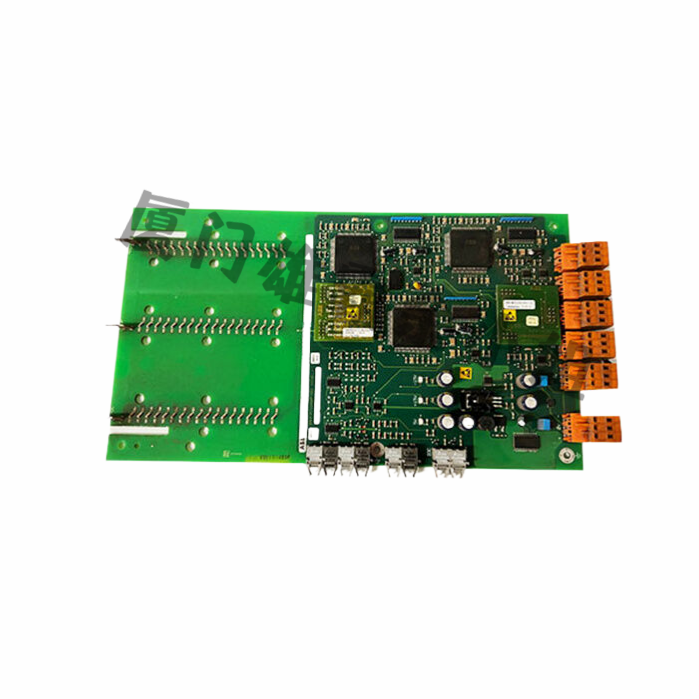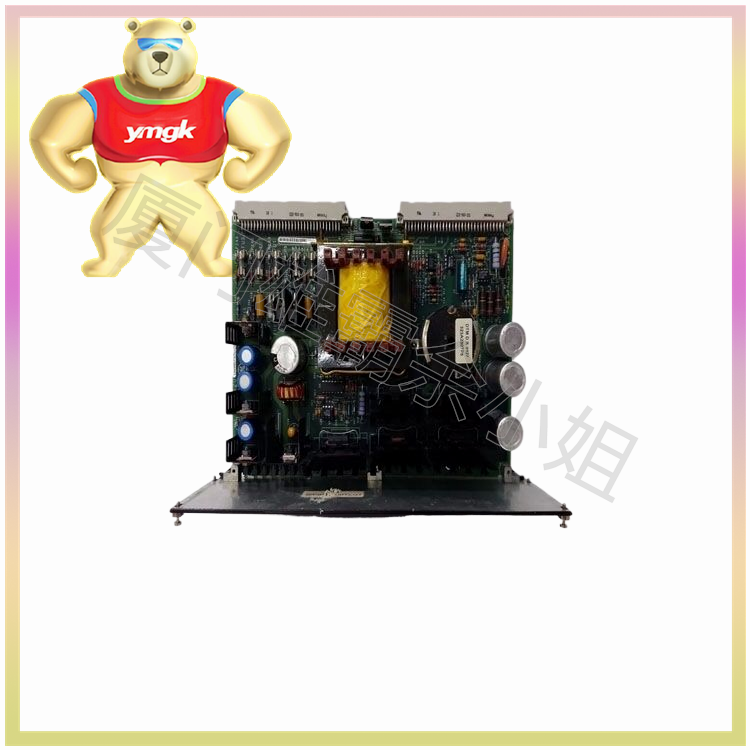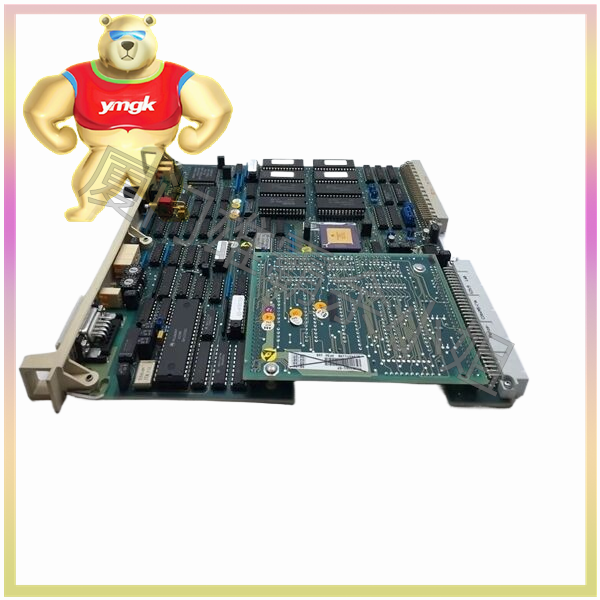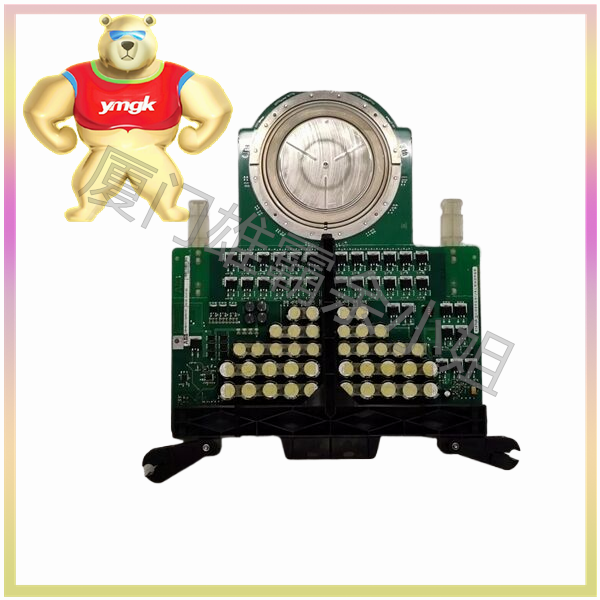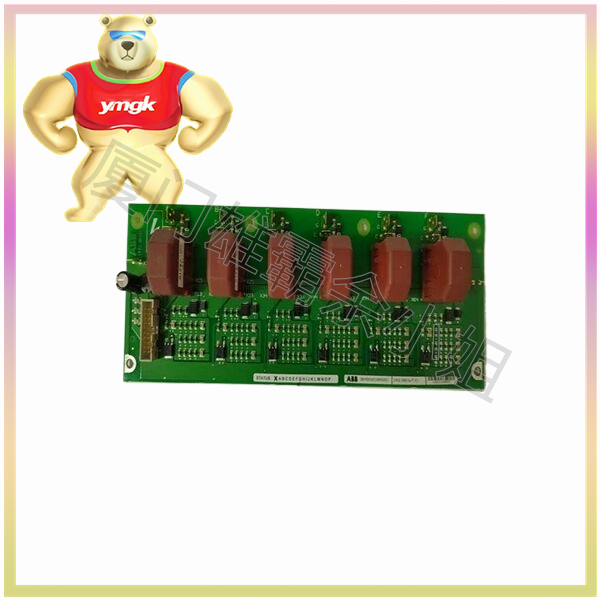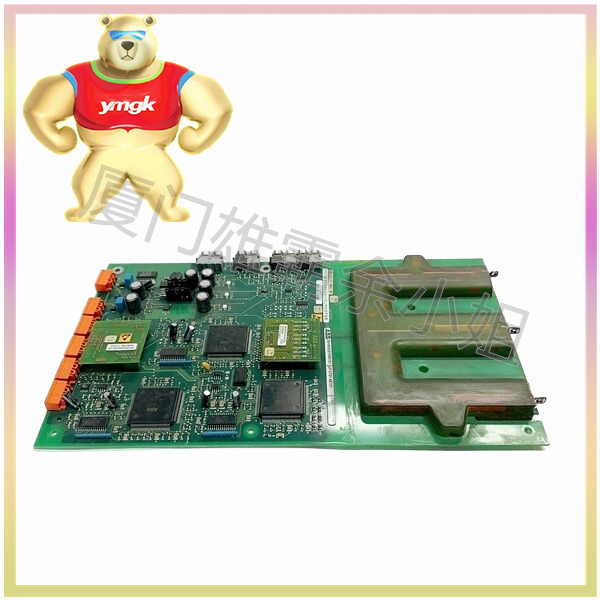The motor driver serves as the interface between the DC motor and its control circuit. These drivers receive low current signals from the control circuit and amplify them to generate high current signals required to drive the motor. Over the years, various methods have been used to create motor drivers, with H-bridge circuits being the most common. At least, the H-bridge driver can turn on and off the motor and reverse its direction. However, for more advanced applications such as robot vacuum cleaners and DSLR cameras, better control and circuit protection are needed.
Discrete component motor driver
The traditional method for motor drivers is to assemble them using discrete components, with the most common being the basic H-bridge. The name ‘H-bridge’ comes from the H-shaped configuration formed by four switches, which are the core of its functionality. The basic H-bridge motor driver circuit typically includes four switches made of MOSFETs or P-channel and N-channel BJTs.
However, please remember that the described H-bridge components will constitute the minimum required for a simple driver program. Due to the involvement of efficiency, noise, vibration, circuit protection, and electromagnetic interference, motor driver circuits have become more complex, and engineers must also consider input and output interfaces. In short, drivers for applications such as industrial printers or camera autofocus require more than just basic H-bridge functionality.
An example of a six channel system lens driver block diagram for a digital camera, which involves much more than just a simple H-bridge
The time required to design custom driver circuits for various applications can be lengthy, including the selection of discrete components, circuit design, PCB layout, and extensive testing. If there are available motor drive solutions pre packaged with necessary features and recorded performance, then this effort will be in vain.
Advantages of Motor Driver Solutions
In motor drive solutions, the discrete components of the drive are integrated into a single chip that has undergone comprehensive testing and recording to provide reliable and predictable performance. Using driver solutions also eliminates the need to design and manufacture PCBs for motor control circuits.
Compared to building drivers using discrete components, motor driver solutions have multiple advantages. For example, they are easy to use and implement, saving time in the design and testing phases. This method also eliminates the need for reinventing the wheel, as there is no need to design motor controllers for every new product or application.
The motor drive solution also provides excellent reliability, partly due to the built-in protection scheme that prevents faults caused by faults such as overcurrent protection circuits, thermal shutdown, undervoltage lockout, and the availability of performance data. This further simplifies the design and allows engineers to focus on other key features of the application involved.
There are also various motor drive solutions developed for specific applications. For example, motor drivers are designed to meet the needs of stepper motors or brushed motors used in thermal printers, which must be energy-efficient and compact.
Robot vacuum cleaners require multiple motors, each with specific requirements for motor drivers.
The low vibration and high precision requirements of the motors used in cameras are also the same, including translation/rotation/tilt, shutter, and autofocus functions. For robot vacuum cleaners that require multiple motors to complete their work, there are some driver options that can provide low noise and meet the power requirements of battery powered devices.
Meet the requirements of motor driver solutions
Compared to using discrete components to build drivers, motor drive solutions have multiple advantages, including ease of use, time savings in design and testing processes, and availability of specific application solutions.
Rohm’s motor drive solution series offers universal and application specific designs aimed at providing excellent reliability and high efficiency across a variety of voltage, current, pin configurations, and packaging types. In addition, each motor drive solution includes appropriate built-in protection circuits, further enhancing their reliability and the products that use them.

